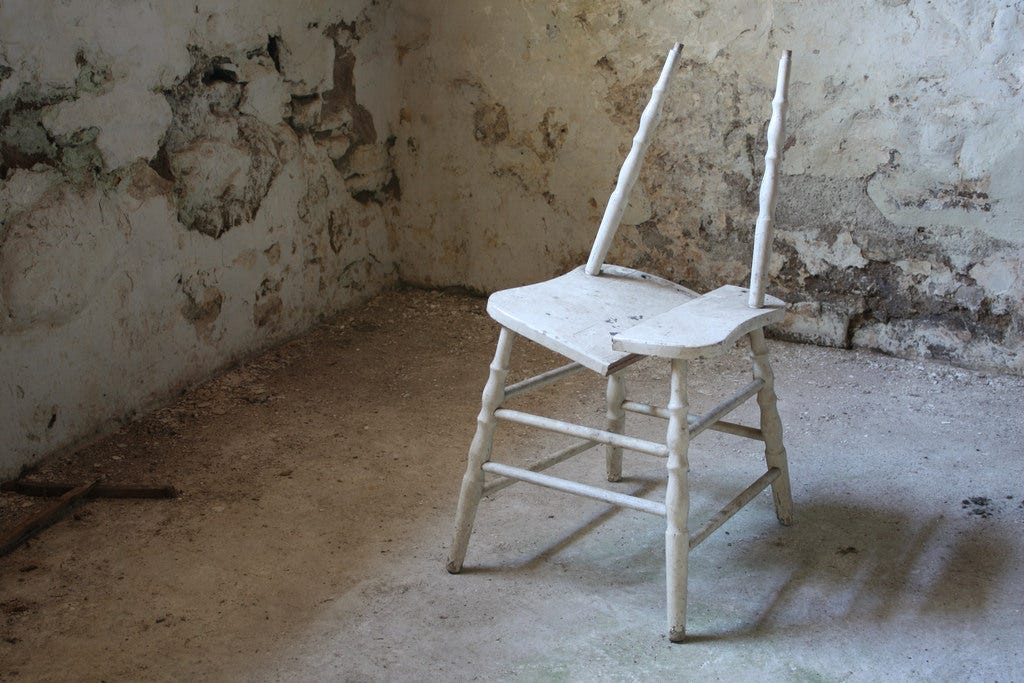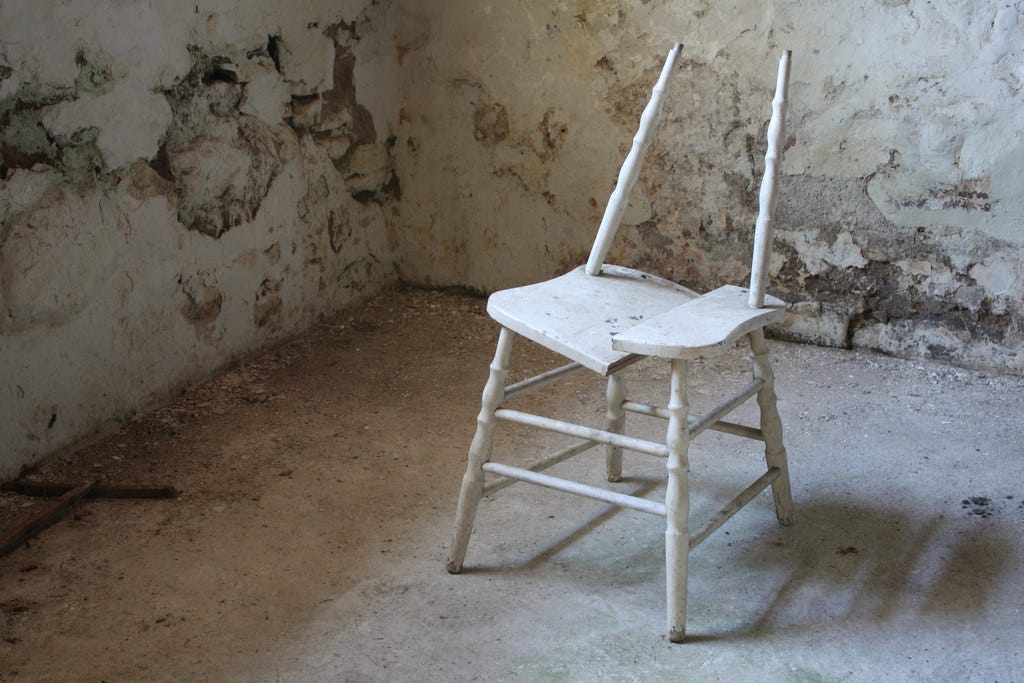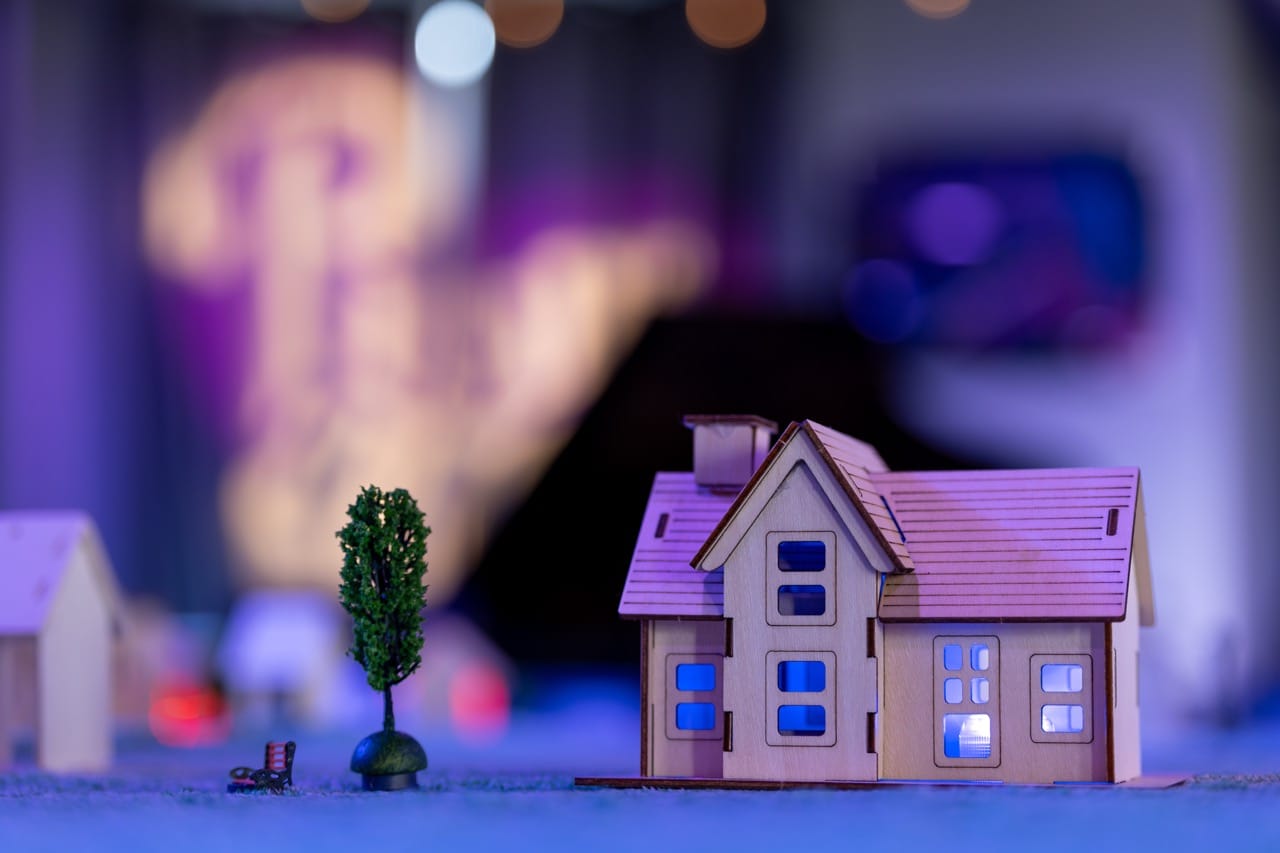
On Saturday afternoon, word began going around the Southern California immersive community about safety concerns at the extreme haunt pop-up Apartment 213, which was staging an event ahead of a planned Halloween season experience.
After posting a notice on several SoCal message boards about issues being raised about an unnamed show, we were contacted by multiple participants who had either witnessed or experienced safety issues, including a bed collapse, during Friday night’s show.
“I was at the latest show Friday night when part of a bed collapsed,” Ashley Cook wrote us, “and some sort of beam pinned me and another guy to the bed. He told me later that it had hit his spine. After the show I heard that two other participants were also under the bed when it fell, and were almost hit in the head.
“I wasn’t sure if the whole situation was an accident or part of the show since it continued without anyone asking if we were ok. It was unsafe and someone could have been seriously hurt.”
The man who was with her on the bed, who asked to remain anonymous, shared his version with us as well.
“Huge wood headboard comes down hard on my back. Bed surges down 90 degrees and no one, cast wise, is near us. First of all, this room is dark. And dark is darker with a hood on. I immediately get protective and worried about the girl on the bed with me. I know that spine smash was too hard for controlled set up and I also immediately knew I wasn’t seriously hurt but I’m not sure how hard it hit her. I asked her and she and I checked in to the point of briefly saying a ‘that didn’t seem right at all’ kind of thing. After a bit of moving I further realize a full 30lb headboard is laying on us.”
After this a cast member told them to crawl out.
“I actually thought for a second the bed collapsed at an angle to reveal a secret floor passage but nope, WALL.”
After the collapse the show continued, despite what appeared to an uncontrolled event.
This is only the most extreme incident at what participants characterize as haphazard.
“[I] just never got the feeling that they knew what the hell they were doing,” said Sharron Pittenger, a regular on the immersive scene who also attended on Friday.
Another participant, who prefers to remain anonymous, tells us about her experience, in which she purchased one of the “non-extreme” tickets that the show was offering for those who didn’t want a full-contact experience:
“I opted for the non-extreme ticket last night because I have an old back injury and I didn’t know what the extent of the contact would be for the extreme ticket. I found it odd that there wasn’t a questionnaire regarding injuries/allergies/medical conditions/restrictions like I’ve filled out before for other full-contact immersives/haunts.
“Near the beginning of the experience, a male cast member asked another audience member to repeatedly spank me. For some reason, the audience member decided to hit my back instead of my butt. After a few hits I started to become scared that this would affect my injury. I was considering calling the safe word when a female cast member, seemingly remembering that I had a non-extreme ticket, told the male actor, ‘No, don’t hurt her,” and the male actor muttered, out of character, ‘oh, oops,’ and instructed the spankers to switch with the spankees. Overall the whole production seemed haphazard and disorganized. I felt like I might have just been being overly sensitive or paranoid until I saw that there were other claims regarding the safety of this piece.”
Get Noah J Nelson’s stories in your inbox
Join Medium for free to get updates from this writer.
SubscribeSubscribe
Other participants reported that physical restrictions they shared with the creators were ignored. We have also seen pictures of minor injuries.
We reached out to Apartment 213 creator Will Castillo about the safety concerns, specifically citing the bed collapse and the matter of hard physical limits being ignored.
“We understand that some of our audience members have safety concerns,” wrote Castillo, “and we are currently taking every step to ensure the concerns are alleviated. We are a first-time extreme haunt, and as all first-time extreme haunts we understand that there are some growing pains to get through. Our first concern is safety for our participants and performers so we are taking measures to ensure every sub-sequent [sic] show this weekend and in the near future will be completely safe.”
We followed up with Castillo, asking if they had tested the scenarios in question.
“[We] tested every single scene and all or most possibilities of what can occur during our performance with several groups that we had go through our experience for the past 15 days.
“Again, being a NEW extreme haunt, we know that even with as much practice or rehearsals we would still come across some challenges. But we did our best to immediately address all issues and definitely learned from what worked and what didn’t.”
Initial reports on Saturday’s shows suggest that a course correction was undertaken, but that there may have still been issues around the extreme/non-extreme audience assignments.
Apartment 213 made its public debut at the Scare LA convention, where some participants were given a first taste of the nature of the planned experience. One of those people was Horrorbuzz writer and Order of Bileth creator Jeff Heimbuch.
“When we came out of it at Scare LA, [Castillo] immediately came over to us and asked what we thought. I gave him some minor critiques about the scene and a safety concern,” said Heimbuch. He remembers Castillo expressing a measure of surprise at the safety concern.
We reached out to Josh Randall, creator of Blackout — which defined the extreme haunt genre — to get his take on the first-hand accounts that were brought to us. We’re printing his response in its entirety.
For audiences on the outside of these extreme experiences, safety is sometimes a tough thing to understand. There’s so much that happens behind the scenes. Often it’s hard to tell what is genuinely dangerous vs what is a really effective theatrical tactic to make someone think this is genuinely dangerous. Yet in other cases, it’s black and white and the dangerous behavior needs to stop. Either way, it’s hard to comment on anyone else’s safety tactics without seeing the full picture of what happens with the lights on, the lights off, before the show, during the show, rehearsal…all of it.
Most people know BLACKOUT as one of the more extreme haunts, but in truth, most of the extremity from our show was born out of a strong desire to keep people safe. After all, the harder I’m holding you, the less ability you have to hit me or go running off in the dark. We’ve certainly had our fair share of dangerous incidents and our lawyers and insurance people can attest that in many cases we’ve paid for our mistakes. With that said, it’s important to understand that mistakes do happen and there is a learning curve in everything; it doesn’t, however, condone dangerous or unsafe conditions where people get physically hurt. It is our duty as builders of these experiences to make sure our audience is able to get through the gauntlet we set up. In the end, what’s the point of creating something if no one gets to actually experience it? We need to mitigate all the factors of environment, venue, insurance, sets, costumes, etc. etc. etc. and come out the other side with a fully-functioning safe experience.
To reiterate — mistakes happen. Things go wrong. We can’t always be prepared for every single thing…but we need to try. If an actor goes over the top and hurts someone (even if the audience member doesn’t call it out), that actor needs to be let go. Once you learn that an actor’s natural proclivity during performance is to “go farther” and “push harder”, they need to leave. There is no amount of training that can stop that impulse. If a set piece is faulty and could potentially hurt someone, it needs to be secured or dealt with immediately. In BLACKOUT we generally have a rule that unless it’s part of the actual scene, there are no mirrors or glass allowed in the space. Even if it’s tucked away in the back, there’s a possibility an audience member can find it. If it’s pitch black then your actors need glow tape or something to help them see. Asking actors or audience to navigate with no light is just asking for trouble. In our darkest rooms in BLACKOUT the actors either had night vision goggles, or someone was watching and monitoring the room through security cameras. You cannot leave people alone. You can make them think they’re alone — but at no point should an audience member be left to their own devices.
Those are just some examples of the millions of things the creators of these experiences need to think through. Ultimately, if something does go wrong, even with a learning curve, it’s America…chances are there is someone who is going to sue you and make you responsible for that mistake. There has to be a higher standard for these experiences, and hopefully, this community is rising to that challenge.
To be certain: no theatrical venture is done without some degree of risk. It is known, however, that in California this work is increasingly under a microscope as it is looked upon by public officials as being no different from the kind of event that the tragic Ghost Ship fire was last year in Oakland. That perception may not be accurate, but for now, it is one that remains in place.
Until, that is, the community alters it. For better or worse.
We take safety concerns exceptionally seriously at No Proscenium. If you have concerns about any show or experience do not hesitate to contact us at pitches@noproscenium.com.















Discussion